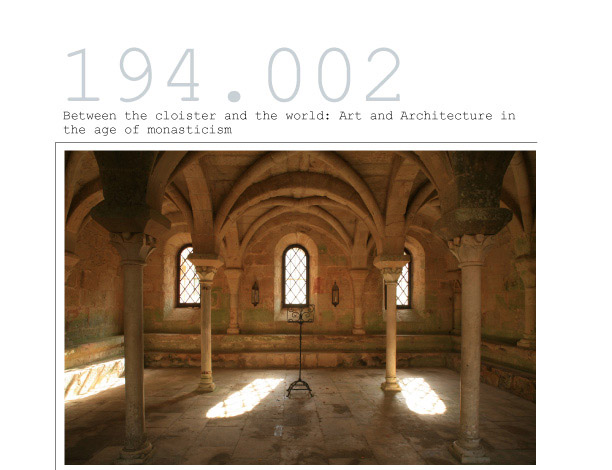
A thousand years ago, becoming a monk or a nun was more than the personal choice of a secluded way of life. Monks could be hermits, but also advisers to kings and popes. Fulfilling a central function in society, monasteries also had a major influence on medieval culture. Starting our journey in the 4th-century desert, we will consider different forms of religious life up to the crisis of monasticism in the 15th century. Although we will survey traditions of monasticism throughout Europe, north Africa, and the Middle East, including Q'alat Seman in Syria (constructed around the pillar of Simon the Stylite), particular emphasis will be placed on exploring monastic culture in western Europe and sites such as the once magnificent abbey of Cluny (Burgundy, France) or the austere, Cistercian Fontfroide (Languedoc, France). Students will be introduced to the spatial lay-out, structure and function of monasteries. We will look at the role of monks as the guardians of relics and the effect of pilgrimage on art and architecture. Art produced at nunneries will introduce us to female spirituality in the Middle Ages. This seminar will sharpen skills of visual and architectural analysis and introduce primary textual sources, such as the letters of Abelard and Heloise, a couple of star-crossed lovers turned monk and nun.
- Monday and Wednesday
- 11:30am - 1pm
- G-026 Tisch
- Credits: 3
- Seminar